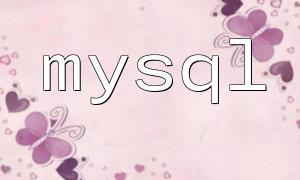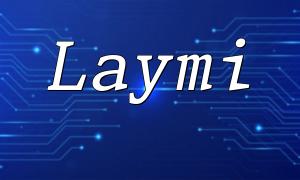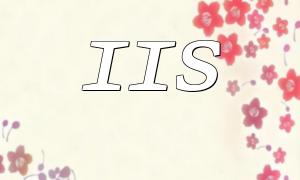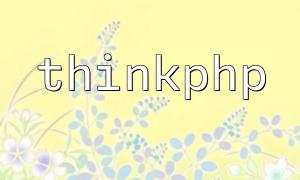As a widely used language in web development, mastering PHP helps developers build dynamic websites and applications. This article offers a detailed DW editor PHP tutorial to help beginners quickly get started.
PHP (Hypertext Preprocessor) is an open-source server-side scripting language especially suited for web development. It interacts with various databases and generates dynamic web content. Due to its simplicity and flexibility, PHP has become the preferred backend tool for many websites.
Before you start learning, you need to ensure the PHP environment is installed. Here are the basic steps:
XAMPP is a free, open-source, cross-platform web server solution stack that includes Apache, MySQL, PHP, and Perl. The installation steps are as follows:
Download the XAMPP installer.
Run the installer and follow the prompts.
After installation, launch the XAMPP control panel and start Apache and MySQL services.
Place your PHP files in the "htdocs" directory of XAMPP.
Once installed, you can start writing PHP code. Here's a simple example:
<?php
echo "Hello, World!";
?>
This code will display "Hello, World!" in the browser.
Mastering the basic syntax of PHP is key during your learning process. PHP code typically starts with <?php and ends with ?>. Here are some fundamentals:
Variables start with the $ symbol, e.g., $variable.
Comments support single-line (using //) and multi-line (using /* */) styles.
Conditional statements use if, else, and switch to control logic.
Debugging is an essential part of programming. Common methods include:
Using echo to output variable values and trace code execution.
Enabling error reporting by adding the following code at the start of your PHP file to display errors:
<?php
error_reporting(E_ALL);
ini_set('display_errors', '1');
?>
With this tutorial, you have gained a basic understanding of PHP concepts, environment setup, and code writing skills. Although the initial learning curve might be challenging, with continuous practice, you can master this powerful scripting language and create dynamic, rich website content.
We hope this article helps with your learning journey. Feel free to share your questions and experiences in the comments section.





